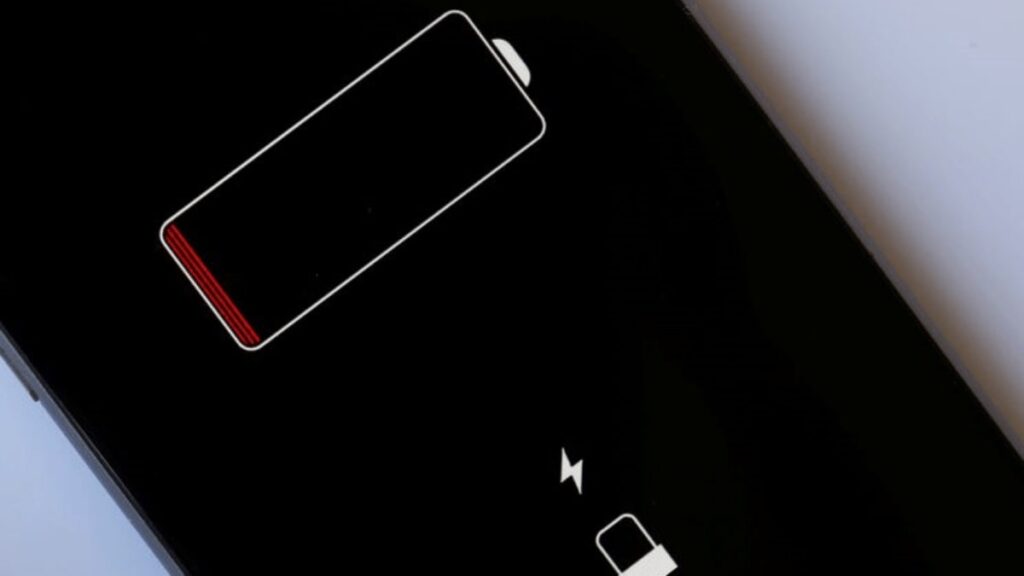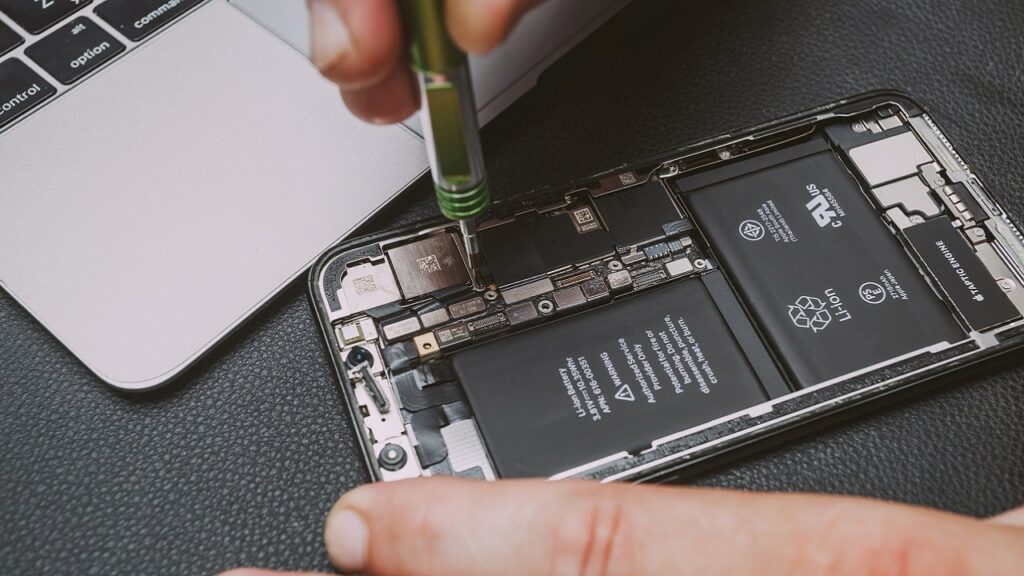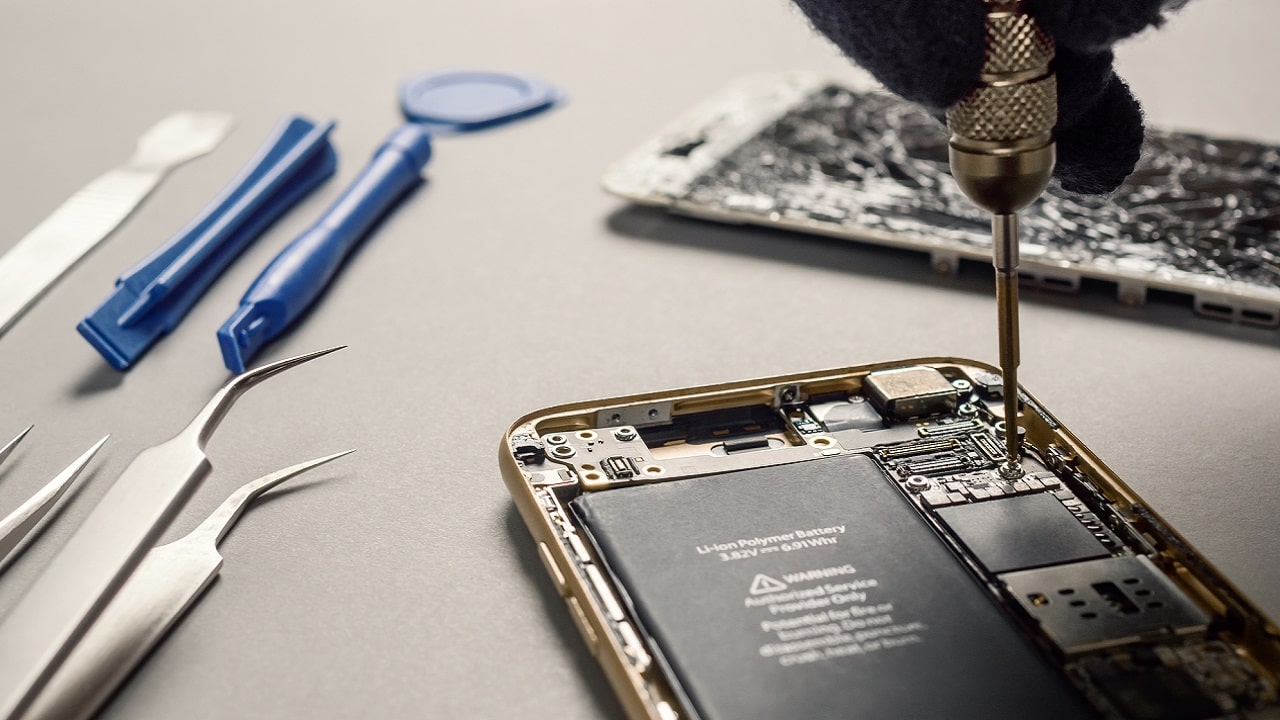There has been a lot of discussion recently about the vote of the‘European Union in favour of easily replaceable batteries in smartphones by 2027. This vote, which took place on June 14, won strong support from the European Parliament and represents a significant change in battery rules within the bloc. But what does it mean? Will we go back to smartphones with removable batteries like a few years ago? In reality, this is not what EU legislation provides: let’s try to understand what changes for us users in this article.
Replaceable batteries in smartphones, what the European Union prescribes
The EU is actually taking regulatory steps to require that smartphones have batteries that are easier to replace, for the benefit of the environment and users. This does not mean that they should, as in the past, be easily removable even without tools. It’s simply about simplifying removal for easier repairs – even by users. But there are many details that could significantly affect how and when manufacturers will have to adjust actually.
By 2027?
The expiration date of 2027, widely cited, to provide smartphones with easily replaceable batteries is not the only aspect to consider. Indeed, in the EU legislative process there is another precept, called Ecodesign for smartphones and tablets. This act contains similar rules to simplify the replacement of smartphone batteries and it should come into effect in early June or July 2025. This means that before 2027, some smartphone manufacturers may have already sold devices with user replaceable batteries in the European Union for more than a year.

Currently, the legislation is in scrutiny phase by the European Parliament and the Council, and is expected to become law in September of this year. The requirements for replacing smartphone batteries will go into effect a year and a half after approval.
Spare parts available and no special tools
According to a draft regulation on Ecodesign (Ecodesign) published on the EU website, smartphone batteries are expected to be replaceablei without the use of special tools, but with basic tools included in the product or supplied as spare parts. The draft also stipulates that spare parts for batteries should be available for at least seven years after the phone’s launch and that battery replacement should be possible for non-experts.
Despite the overlap between the two pieces of legislation, the Battery Regulation is stricter than the Ecodesign Regulation. Above all, because it does not offer a way out that would allow smartphone manufacturers to avoid making the batteries easily replaceable if they manage to make them long-lasting. In particular, to be compliant, batteries must maintain at least 83% of their capacity after 500 charge cycles and 80% after 1000 cycles. Furthermore, the devices must be designed to be dust resistant and protected from immersion in water up to one meter deep for at least 30 minutes. Often, these features are achieved through the use of adhesives, making replacement more difficult.
“Easily” replaceable batteries for smartphones: what the European Union means
When it comes to easily replaceable smartphone batteries to be replaced according to the definitions of the European Unionone need not think of the era of feature phones or devices like the Fairphone, which can be opened easily using just a fingernail. The definition in the battery regulation voted on this month doesn’t go that far.
Instead it defines: “A portable battery should be considered removable by the end user when can be removed with the use of commercially available tools and without requiring the use of specialized tools, unless they are provided free of chargeor proprietary tools, heat energy, or solvents to disassemble it.”

So there’s no need to go to the extreme simplicity of the Fairphone 4, where the battery can be removed in seconds with bare hands. But to one device more similar to the recent Nokia G22, which requires two easily available tools, even with the dedicated iFixit kit.
In this regard, iFixit itself points out that a better definition would be to use “basic tools” rather than “non-specialized”. In fact, he believes that some of these tools, while defined as general purpose, could be very sophisticated and cost more than the battery change in the shop. In other words, the trade associations would like us to limit ourselves to plastic levers and screwdrivers, or little more.
A victory for the “right to repair”
Despite some doubts about the details, the result of the vote on the new battery regulation this month was welcomed by right to reparation activists. But EU rules on user-replaceable batteries still have a few steps to overcome. The regulation on batteries will have to be formally approved by the Council of the EUwhile ecodesign rules are still under evaluation by the European Parliament.
So, it appears that smartphone consumers in Europe will have more time to keep their devices up and running reduce the need for landfill when batteries naturally deteriorate over time. Also, unless manufacturers want to create devices with user-replaceable batteries exclusively for the European market, it seems that aThe rest of the world will also benefit from these improvements.















Leave a Reply
View Comments